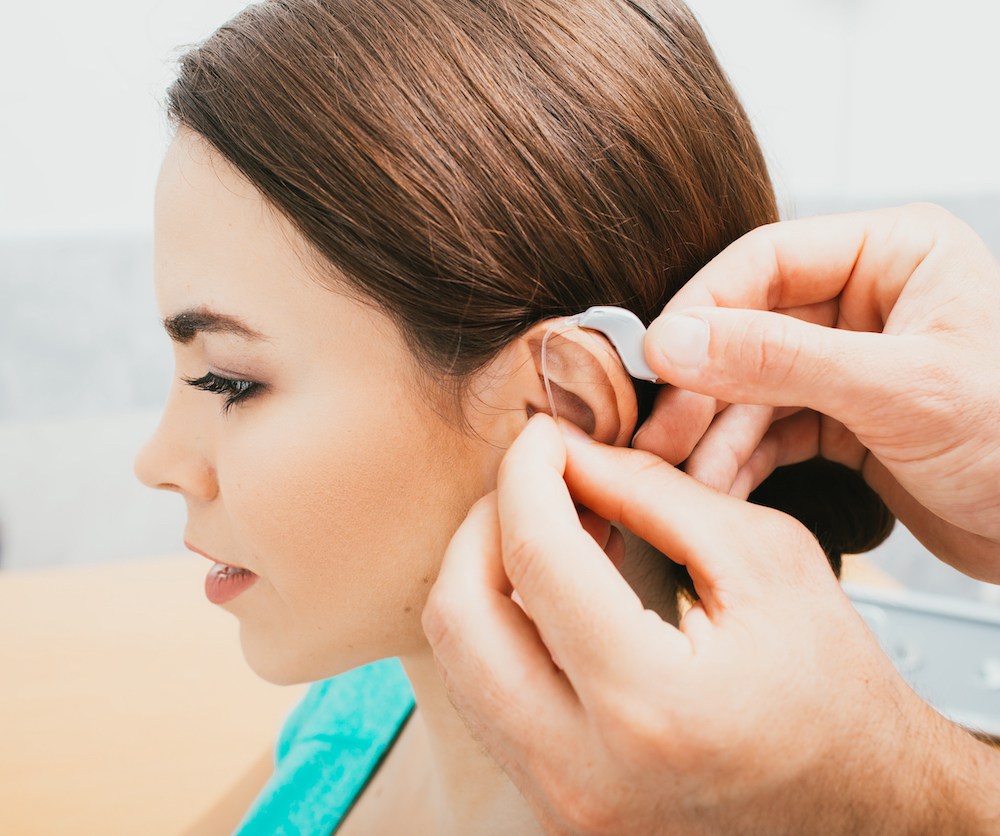The Connection Between Hearing Health and Emotional Well-Being
Your hearing health and emotional well-being are more linked than many


Your hearing health and emotional well-being are more linked than many

When you think about hearing loss, you probably focus on the obvious

Technology has changed almost everything about how we live, work and take